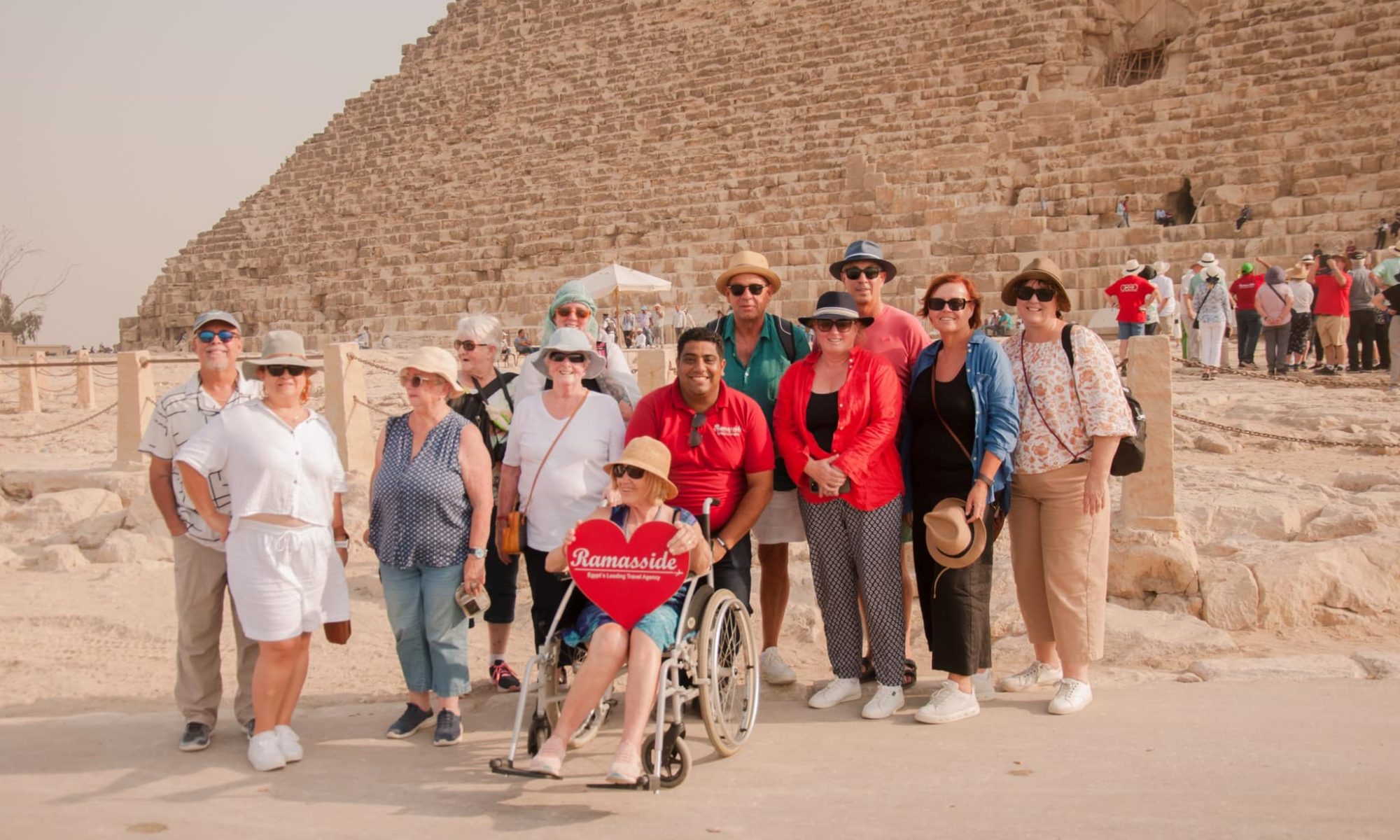
Nestled on the banks of the majestic Nile River, the Kom Ombo Temple is a unique and mesmerizing archaeological wonder of Egypt. This twin temple complex, dedicated to two deities, Horus the Elder and Sobek, stands as a testament to ancient Egypt’s rich religious traditions and artistic brilliance. In this blog post, we’ll embark on a journey to explore the enigmatic beauty and fascinating history of Kom Ombo Temple.
1. Dual Deities and Divine Significance
What makes Kom Ombo Temple truly exceptional is its dual dedication. The temple is divided into two symmetrical sections, one dedicated to the falcon-headed god, Horus the Elder, and the other to the crocodile-headed god, Sobek. This dual design is a reflection of ancient Egypt’s religious and mythological complexity, where various deities were worshipped for their unique attributes.
2. Architectural Harmony
The temple’s architectural symmetry is striking. It boasts a perfectly balanced layout, with each half mirroring the other. The two main entrances, courtyards, hypostyle halls, and sanctuaries were designed in parallel, providing a harmonious and balanced visual experience for visitors.
3. Rich Carvings and Hieroglyphs
Kom Ombo Temple is adorned with intricate carvings and hieroglyphs that offer insights into ancient Egyptian mythology and daily life. The walls depict scenes of medical practices, surgical instruments, and the calendar of lucky and unlucky days. These reliefs are an invaluable source of information for Egyptologists and history enthusiasts.
4. Sobek, the Crocodile God
Sobek, the crocodile god, was revered for his connection to the Nile’s fertile waters and its importance in the agricultural cycle. In the Sobek section of the temple, you’ll find depictions of this deity, as well as mummified crocodiles and artifacts dedicated to Sobek’s worship.
5. Horus the Elder, God of the Sky
Horus the Elder, a significant deity in ancient Egyptian mythology, was associated with the sky and kingship. The section dedicated to Horus features impressive statues, inscriptions, and images that highlight his role as a protector of the pharaoh and the embodiment of divine kingship.
6. The Healing Connotations
Kom Ombo Temple is unique in that it contains a section related to healing. The reliefs here depict surgical instruments and medical instruments, suggesting that it may have served as a center for healing and treatment, perhaps associated with Sobek’s attributes as a healer.
7. Strategic Nile Location
The temple’s location near the Nile River holds strategic significance. It allowed easy access for religious processions and ceremonies, which often included purifications and offerings in the river.

